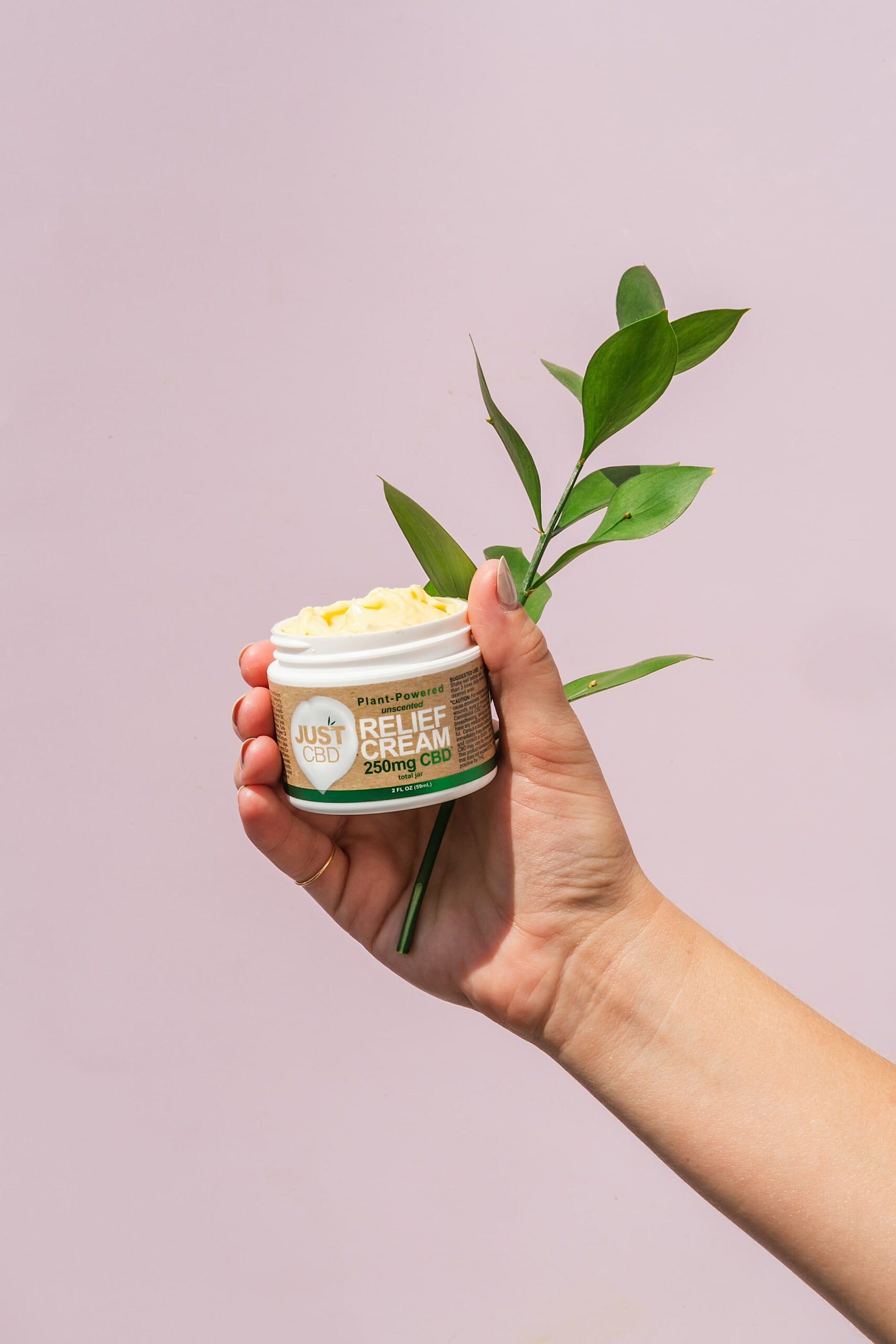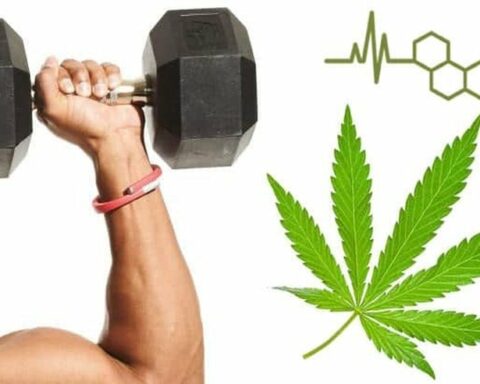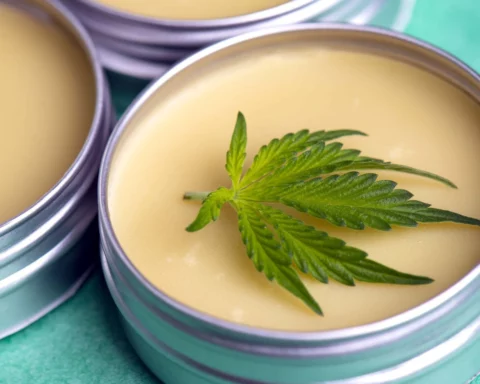Do CBD products work? How effective are CBD products? How do topical CBD products work? How effective are the topical CBD products? This article explains how the best topical CBD work.
Cannabidiol is mostly referred to as CBD. It is a cannabinoid compound that is found in marijuana. Unlike THC, CBD does not result in highness. Both act on a system of receptors in the body called the cannabinoid receptors. The two major receptors in the human body are the CB1 preliminarily found in the nervous system. The nervous system includes some parts of the brain and the spinal cord. The CB2 is mainly within the immune system tissues of the body. More interesting is that both are found in the skin. Scientists have found that THC binds and activates both types of receptors. This article will enable one to understand how topical CBD works in the body and its benefit to various body parts.
Do The Body Receptors For Compounds in Cannabis?
Pellati et al. (2018) state that cannabinoids like THC and CBD are similar to some compounds made by the body naturally called the endocannabinoid system. The compounds interact with this system as they play several body roles. It helps regulate parts of the immune system, the release of hormones, memory, and metabolism. Once an individual ingests something that has only CBD and does not contain THC, there are no significant effects on the brain. CBD is usually nonpsychoactive, but this is somehow oversimplification as it does something to the central nervous system.
What Do Studies Say About Using CBD For Pain?
Moltke & Hindocha (2021) states that people report using CBD for medical reasons, and one of them is to manage chronic pain, followed by managing arthritis or joint pain. There are herbs or other skin penetrating ingredients in the formulation of topical CBD products. Some other ingredients such as arnica or methanol are added to make the product claim pain relief. The concentration of being low in topical products and the soothing sensation that one feels are products of other ingredients. The users need to check the ingredients list and the certificate of analysis as it shows the total concentration of different cannabinoids in a product. The certificate of analysis reveals the weight percentage of CBD and other cannabinoids, like THC, so that individuals can interpret the amount of CBD per serving. For topical application, make sure that an independent third-party lab does the certificate of analysis. Still, high-quality, potent topical CBD products provide temporary relief for pain from pain and soreness. Moltke & Hindocha (2021) states that there is usually a high concentration of cannabinoid receptors in the skin. Once CBD is applied topically, It activates the endocannabinoid system through the receptors. The CBD binds to the cannabinoid receptors in the epidermal and dermal skin. A process that alleviates pain and inflammation. The anti-inflammatory effect makes the topical CBD an effective treatment for some skin disorders. Topical CBD only works where an individual applies it. Once one applies the CBD cream to their legs when an individual should expect improvement. It can be a benefit or drawback depending on one’s current situation. For instance, if one is experiencing full-body soreness, they must use a lot of CBD cream for relief, which gets tedious and expensive.
How Does Oral CBD Work For Muscle Soreness and Pain?
Philpott., O’Brien, & McDougall (2017) explains that topical CBD only provides localized relief. Oral CBD should have a systematic effect when the product is potent and reliable. Oral CBD works similarly to topical CBD, But on a larger scale because it enters the bloodstream and can reach the endocannabinoid receptors of the entire body. Oral CBD contains strong anti-inflammatory effects, and inflammation is said to be the root of many pain, which makes it perfect that ingesting CBD can provide relief from inflammation-related pain, including joint pain and muscle aches. Remember that many of the studies on the effect of CBD on soreness and pain to date have been small-scale. Many large-scale studies have been conducted on animals.
In many cases, those results may not translate to humans. So, much needs to be done on the effects of CBD, either taken orally or applied topically. It is also good to know that, Food and drug administration is yet to approve the use of CBD as a food additive or as a diet supplement. Ueberall (2019) states that the agency’s major concern is the safety of ingested CBD due to the lack of large-scale and long-term studies on human beings. It has also concluded that there is insufficient proof to declare CBD safe for consumption. Oral CBD is mostly available and legal in many states. Individuals should talk to their doctor if they are interested in using it for muscle soreness or pain.
Is Topical or Oral CBD for soreness?
Ueberall et al. (2019) state that topical CBD for pain and soreness should depend on an individual’s pain source and intensity. Based on the previous research on medical marijuana, the following are different types of CBD commonly used.
CBD For Post-Workout Muscle Soreness
A highly-quality CBD should help provide treatment for temporary muscle soreness from workouts. Oral CBD can reduce muscle soreness when used immediately after a workout.
CBD For Chronic Muscle Pain
Topical CBD has been found to help during flare-ups, but taking oral CBD for systematic pain is better; thus, a combination can work better. According to Ueberall et al. (2019), ingesting CBD provides relief for pain from the inside out, while the application of topical cream is particularly for tender areas.
CBD For Joint Pain
DESPITE HOW POTENT, topical CBD doesn’t reach cannabinoid receptors in one’s joints. Oral CBD can help people with pain from arthritis and joint conditions. Ueberall (2019) states that people with fibromyalgia pain can also benefit more by using ingested CBD.
CBD For General Muscle Tightness and Tension.
General muscle tightness, such as tension in the neck, may result from having a long day at work. High-quality topical CBD can provide temporary relief. Generally, the effectiveness of CBD varies depending on the product, the purpose for the use, and the person. Many people find CBD helpful, while others don’t notice any effects. No matter how they take it.
Conclusion
CBD is still evolving in both research and products, but there is no research. What is currently suggested is that CBD has therapeutic benefits and is well tolerated by people. Much is still needed to determine the side effects and the best dosage markers for the average person who may be interested in it.
References
Moltke, J., & Hindocha, C. (2021). Reasons for cannabidiol use: a cross-sectional study of CBD users, focusing on self-perceived stress, anxiety, and sleep problems. Journal of cannabis research, 3(1), 1-12.
Pellati, F., Borgonetti, V., Brighenti, V., Biagi, M., Benvenuti, S., & Corsi, L. (2018). Cannabis sativa L. and nonpsychoactive cannabinoids: their chemistry and role against oxidative stress, inflammation, and cancer. BioMed research international, 2018.
Philpott, H. T., O’Brien, M., & McDougall, J. J. (2017). Attenuating early phase inflammation by cannabidiol prevents pain and nerve damage in rat osteoarthritis. Pain, 158(12), 2442.
Überall, M. A. (2020). A review of scientific evidence for THC: CBD oromucosal spray (nabiximols) in managing chronic pain. Journal of Pain Research, 13, 399.
Ueberall, M. A., Essner, U., & Mueller-Schwefe, G. H. (2019). Effectiveness and tolerability of THC: CBD oromucosal spray as add-on measure in patients with severe chronic pain: analysis of 12-week open-label real-world data provided by the German Pain e-Registry. Journal of pain research, 12, 1577.
- Bell Peppers 101: Nutrition Facts and Health Benefits - April 19, 2024
- Products That Assist with Stress Relief - September 21, 2023
- TRÈFLE – THE ROAD TO THE 15TH - July 29, 2023









